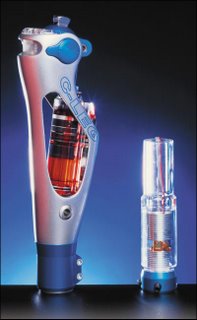
A 20-member team of British based medicos is preparing to carry out medical lab experiments on the slopes of South Col of Mt Everest, which they said would be the world's highest laboratory.
The medical research team of Xtreme Everest will make the first ever measurements of blood oxygen in the 'death zone', at altitudes above 8,000m where the human body has struggled -and frequently failed to survive-to find out effects on the human body in high altitude.
The team plans to take measurements of oxygen in arterial blood at extreme high altitude above 8,000 metres (26,000 feet) for the first time. It is anticipated that up to ten members of the team will summit Everest...
Medicine Tag
Health Tag
Save This Page

